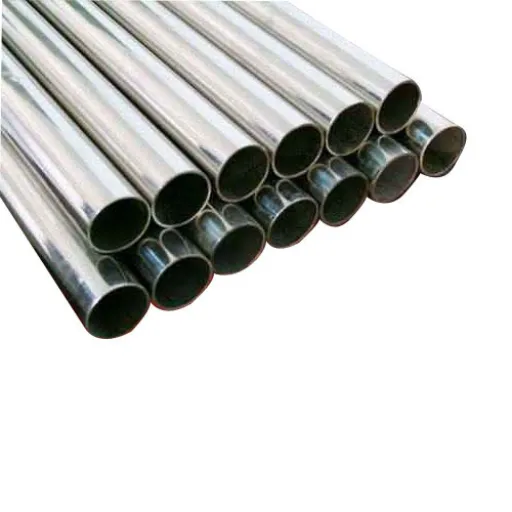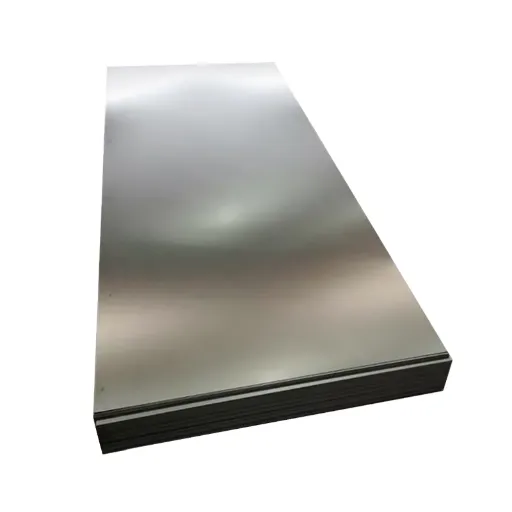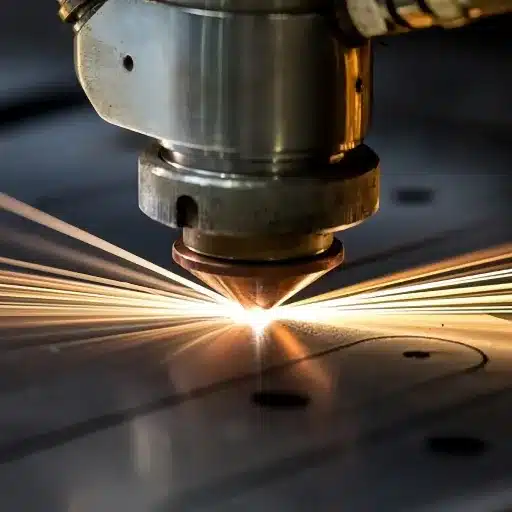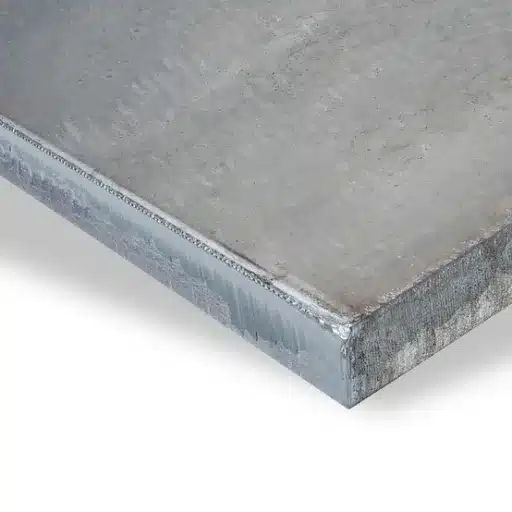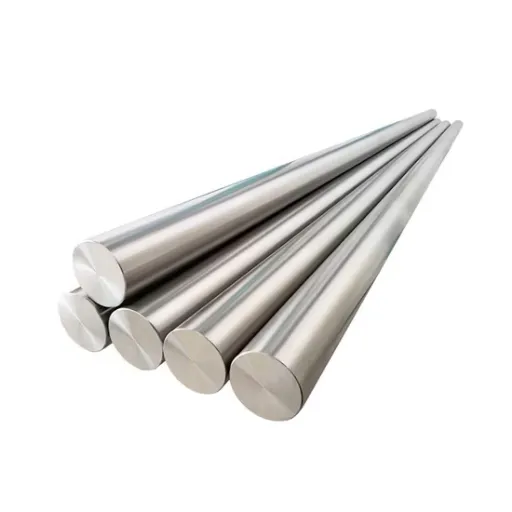For anybody dealing with the multifaceted metal considered to be stainless, the understanding of its hardness is of primary importance. Hardness has a direct effect on the lifespan, functionality, and variety of usages of stainless steel besides being the main characteristic for the classification of stainless steel types. This blog post aims to discuss stainless steel grades, clarify the hardness concept, and offer vital material data to support your decision-making process. Be it getting the correct steel for your project or merely wanting to enhance your understanding, this all-inclusive guide is going to be at your disposal with the necessary knowledge to make wise choices. Keep your eyes open as we start unraveling the major aspects and the characteristics that make stainless steel unique.
Understanding Hardness: What It Means for Stainless Steel
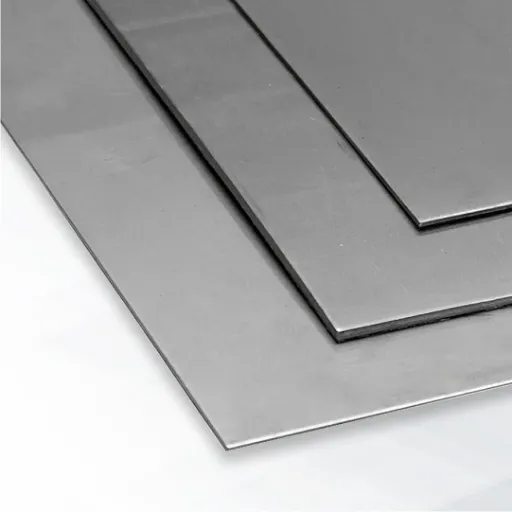
The Significance of Hardness in Stainless Steel
Hardness is an indispensable attribute of stainless steel that positively affects the entire spectrum of the material’s attributes turning its performance, service life, and area of use. The characteristic of being hard will, in most of the cases, open up the path to the greatest possible extent of resistance to wear, and tear, and to be even more and more occupied, which is indispensable in different fields, among which are aerospace, automotive, and manufacturing. The HRA stainless steel hardness that is often found is that it mainly depends on the metal alloying elements and the heat treatment processes, which means that it can very easily cater to the various operational requirements.
Example: Martensitic stainless steel, high in carbon and capable of attaining a hardness of 62 HRC, is mainly used for cutting tools, ball bearings, and knives where edge retention and rigidity are of paramount importance. On the other hand, the softer (15-20 HRC) austenitic grades stainless steels prefer ductility and resistance to corrosion as their main properties and hence are used in chemical processing equipment and marine environments.
Hardness Measurement Methods
1
Brinell Hardness Test (BHN)
The Brinell test assesses materials’ hardness by pressing a steel or tungsten carbide ball into the surface of the material with a standard load. The measurement is then taken by evaluating the size of the impression. The Brinell hardness number (BHN) is wide ranging, for example, mild steel has a BHN of around 120-180 whereas the hardest steels can have a BHN of more than 600.
2
Rockwell Hardness Test (HR)
In this technique, a steel or diamond cone or a steel ball is used to make an indentation. The hardness of the material is thus expressed in terms of the depth of the indentation made. The Rockwell test is quicker than the Brinell method and there are several scales available (for example, HRB for softer and HRC for harder materials). The approximate Rockwell scales’ values are HRB 70 for pure aluminum and HRC 60 for hardened steel.
3
Vickers Hardness Test (HV)
In the Vickers test, a diamond-shaped indenter is used for hardness measurement on thin materials or coatings with high accuracy. It is applicable for small parts and micro-components. The Vickers hardness value is determined by the diagonal length of the indentation. For example, low-strength metals like pure copper are assigned approximately 50 HV, while more durable materials such as high-strength alloys can be assigned a hardness rating of up to 1000 HV or even more.
Factors Affecting Stainless Steel Hardness
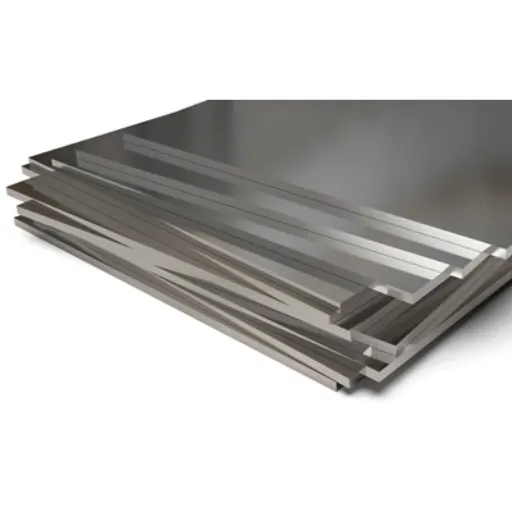
Heat Treatment Processes
Annealing
Annealing is the process of stainless steel treatment intended to soften the material, increase its ductility, and take off the internal stress. The metal is usually heated to the range of 1040°C-1120°C (1900°F-2048°F) according to the grade of the steel and then cooled down in a controlled manner. For instance, 304 Stainless Steel is more than just one of those alloys; it has the ability to restore its initially high formability through annealing after fabrication.
Quenching and Tempering
Quenching and tempering is a high-strength-low-cost process used mainly for the martensitic grades like 420 Stainless Steel. The process consists of rapid cooling and then moderate reheating. The result of this procedure is that both hardness and tensile strength are increased. For 420 Stainless Steel for example, quenching is done at approximately 980°C (1796°F) and tempering between 150°C-370°C (302°F-698°F) to suit its properties for further use in making blades and tools.
Solution Treating
Solution treatment is one of the things that are mainly done to austenitic grades like 316 Stainless Steel. It is necessary that the steel is heated up to 1010°C-1150°C (1850°F-2100°F) to dissolve the precipitated carbides, followed by rapid quenching. This procedure not only enhances the corrosion resistance of the steel but also makes it a perfect candidate for chemical or marine environments.
Manufacturing Techniques
Casting
Stainless steel casting is a method whereby molten steel is poured into molds to get intricate shapes. As per the latest data, the global stainless steel casting market is going to see a CAGR of 5.2% from 2023 to 2028, which will be pushed by the demand in the automotive and construction markets. Newer casting techniques, for example, investment casting, not only provide but also guarantee high dimensional accuracy and outstanding surface finishes.
Forging
The process of forging stainless steel involves applying compressive forces to shape the metal and at the same time significantly improve its strength. This method finds its way into aerospace and heavy machinery, since it can produce components with excellent mechanical properties. Modern technologies like precision closed-die forging allow the producers to not only cut but also improve the consistency of the material waste.
Machining
Stainless steel machining necessitates employing special tools and techniques so that the tool wear, which happens due to the hardness and heat-resistance of the material, is minimized. Among the many advancements in this area, CNC machining stands out as the key process revolutionizing the industry, allowing for tolerance levels as tight as ±0.001 inches for high-precision components. Industrial-scale machining can get consistent results with the help of cooling systems and coated cutting tools.
Comparing Hardness Levels Across Different Grades of Stainless Steel
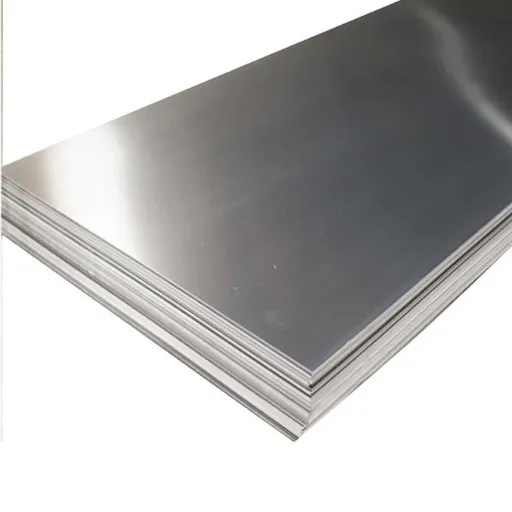
Overview of Stainless Steel Grades
Austenitic Stainless Steel
The austenitic grades such as 304 and 316 are the most common, and they are among the first-grade steels in terms of corrosion resistance, formability, and sometimes even weldability. These kinds of steel are made with a considerable amount of chromium (16-26%) and nickel (6-22%), which gives them their non-magnetic qualities and resistance to both acid and chloride attack. For example, Grade 316 is one of the most used in the production of marine and chemical processing equipment because of its greater resistance to chlorides; this is mainly because of the addition of molybdenum.
Ferritic Stainless Steel
Ferritic grades, such as 430 and 409, are almost totally stress-corrosion-cracking-free and are also magnetic. Basically, because of the composition of these steels, which is about 10.5% to 30% of chromium and hardly any nickel at all, they come cheaper than their austenitic counterpart. Their industrial applications are not limited to but include automotive exhaust systems, and household appliances.
Martensitic Stainless Steel
Martensitic grades such as 410 and 420 are very hard, thus the strength because of the increased carbon content. They are not so resistant to corrosion, but their resistance makes them suitable for applications in which toughness is required like knives, drills, and aerospace parts.
Hardness Comparison: 304 vs 316 Stainless Steel
| Grade | Brinell Hardness | Rockwell Hardness | Key Characteristics |
|---|---|---|---|
| 304 Stainless Steel | ~201 HBW | ~92 HRB | Moderate hardness; suitable for kitchen equipment and architectural structures; good compromise between strength and malleability |
| 316 Stainless Steel | ~217 HBW | ~95 HRB | Slightly higher hardness than 304; molybdenum addition boosts strength and resistance to pitting; ideal for marine and chemical processing |
Applications and Implications of Hardness in Industry
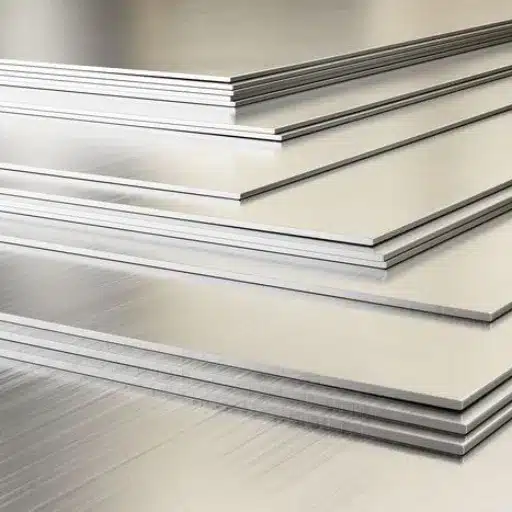
Role of Hardness in Construction Materials
Hardness is one of the most important factors to be considered in the selection of construction materials since it determines the material’s longevity, wear resistance, and durability. It has a direct effect on the performance of a material regarding its resistance to mechanical stress, abrasion, and deformation, thus it is an indispensable characteristic in the fields of industrial engineering and construction. For instance, hard substances such as high-carbon steel and ceramic tiles are extensively used in places where there is a lot of wear and tear, such as flooring, structural reinforcements, and heavy machinery components.
Industry Data: According to the most recent data, the hardness of construction steels varies between 120-220 BHN, on average, depending on the specific alloy and treatment. As an example, the commonly used ASTM A36 structural steel has a hardness of about 130 BHN; this represents a good compromise between strength and ductility for most applications. In contrast, specially treated steels, such as quenched and tempered variants, can reach hardness levels of over 400 BHN, which makes them perfect for heavy loads and impact resistance.
Impact on Automotive Applications
The hardness factor is very important in the automotive industry and, in particular, with respect to the design and manufacture of key components. The critical requirement for the material to have high hardness is that it should be able to endure the extremes of mechanical stress, wear, and impacts experienced throughout the vehicle’s life. To illustrate, advanced high-strength steels (AHSS) and aluminum alloys are among the very few materials metals used for automobile body structures as their combination of properties not only allows but also encourages the manufacture of lighter vehicles without compromising the durability of the parts. Such weight reduction directly translates into fuel efficiency and a lower carbon footprint – which aligns with the ever-increasing demand for “green” automobiles.
Recent Industry Insights: Recent industry data reveals that the use of AHSS in vehicle manufacturing has been rapidly increasing, with estimates suggesting that utilizing these materials can cut a car’s body weight by 25 to 35 percent while still meeting safety standards. In addition, the utilization of hardness-optimized materials in braking systems such as calipers and rotors made of hardened steel assures that they will perform reliably even under extreme friction and heat conditions.
Medical Industry Uses of Hardness Properties
The medical industry is by far the greatest consumer of hardness properties in materials which it employs mainly for durability, reliability, and safety in virtually all of its applications. Among these instruments, surgical ones like scalpels, forceps, and scissors are very often made up of hardened stainless steel, so they can be quite sharp and resistant to wear during repeated sterilization cycles. Hardness is likewise an issue in artificial implants, particularly in joint replacements wherein the use of titanium and cobalt-chromium—alloys—are very common because of their great wear resistance and biocompatibility, thus, assuring longer life span of the implants with no risks of wear debris that could even cause complications.
Latest Developments: The most recent developments underscore the application of ceramic materials such as zirconia in dental implants and crowns, which possess very high hardness values and are thus resistant to chipping or cracking. A research report from ResearchAndMarkets.com predicts that the worldwide dental ceramics market will hit $5.8 billion in 2027, which indicates that there will be an ever-growing demand for such durable solutions. Additionally, tungsten carbide is more widely used in medical tools, notably drill bits for orthopedic surgeries, thanks to its extreme hardness, which ensures accuracy and longevity in critical operations.
Reference Sources
-
SteelPro Group
- Title: Explain the Hardness of Stainless Steel & Hardness Chart
- Description: This source explains the hardness of various grades of stainless steel, including the hardest grade, 440C, and provides a hardness chart for reference.
-
Alloy Materials
- Title: Understanding the Hardness of Stainless Steel
- Description: This article discusses how the hardness of stainless steel depends on its intended application and the alloying elements used, such as carbon and chromium.
-
Quora
- Title: Which gives hardness to stainless steel?
- Description: A community-driven discussion that provides insights into the factors contributing to the hardness of stainless steel, including its position on the Mohs scale.
Frequently Asked Questions (FAQs)
How does heat treatment affect the hardness of stainless steel?
Heat treatment is one of the major factors that can raise the hardness of stainless steel to a very high level especially with martensitic stainless steels, by quenching and heating the steel, its microstructure is altered and that is why its power is further enhanced—that is—hardness and strength. The process proves very advantageous for stainless steel grades with high carbon.
What are the common grades of stainless steel and their hardness values?
The 304 and 316 grades are the most commonly used stainless steels; however, they exhibit different hardness features. The Rockwell hardness of 304 is about 70 HRB and its corrosion resistance is good. On the other hand, 316, though more costly, puts up with varying degrees of hardness, thus being excellent for corrosion-prone environments.
What are the properties of stainless steel that influence its hardness?
The main property that affects the hardness of stainless steel is its composition, for instance, the amounts of chromium and carbon present in the metal. Carbon, which is the principal hardening element, when present in higher percentage will lead to a tougher steel, whereas the alloying elements in the different types of stainless steels will impart different strengths and wear resistance.
What hardness testing methods are used for stainless steel?
To classify the hardness of stainless steel different methods can be used for hardness testing, the most used ones are Rockwell, Brinell, and Vickers hardiness methods. These three methods provide different techniques, scales, and results for hardness measurements, thus compassing the mechanical properties of the material and its suitability for use in various applications.


